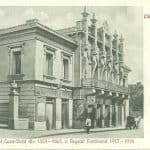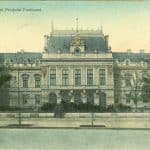So much wanted the Iskans to have a theater after the former Copou National Theater burnt in 1888 that the city hall demolished its own headquarters to give the new National Theater a place worthy of the heart of the Moldovan city. Along with the allocation of a suitable land, renowned Viennese architects Fellner and Helmer have started working and in two years, more precisely in 1896, the first pieces by Alecsandri, Negruzzi and Millo have taken delight to delight the Iasi from the beautiful scene of the new theater . Solid, comfortable and charming, the theater was provided with the latest breakthroughs of the momentary technique, such as a special light-emitting installation or steam heating and automatic ventilators.
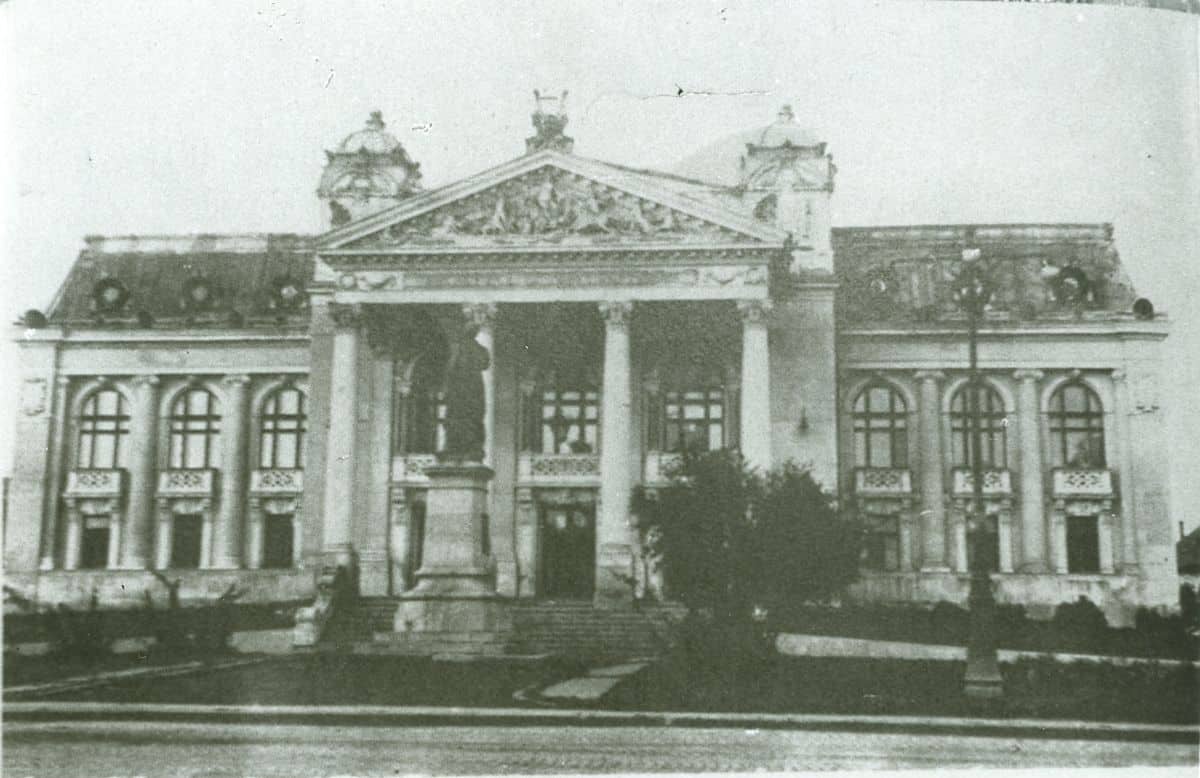
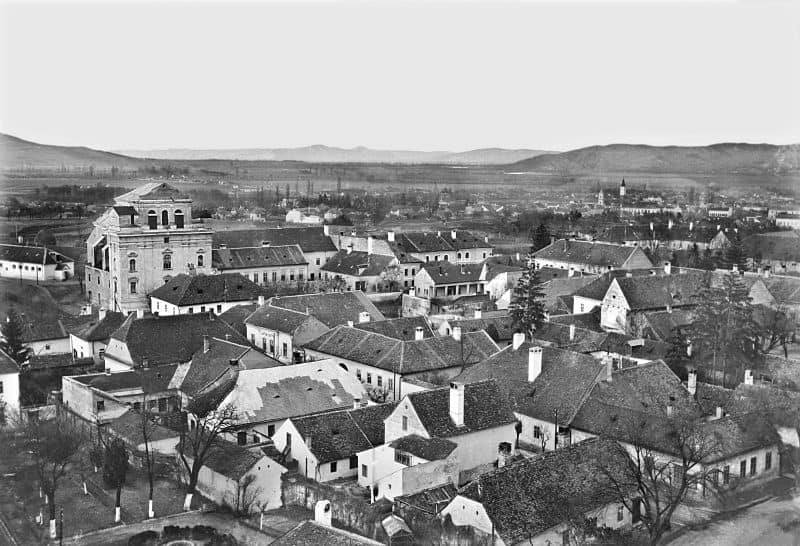
The building also endears from the outside. Four imposing facades, a classical portico supported by four columns, a mythological scenes in which the goddess Diana carries on an allegorical car, balloons, sculptures and ionic columns, all the architectural elements that make us think of the beautiful Greek temples. The gorgeous gardens surrounding the building as well as the two artesian fountains visually enriched the majestic edifice.
Art is the queen abolished and inside the theater: the curtain, painted in 1896 by the Viennese craftsman M. Lenz, reveals in the central area an allegory of life symbolized by the three ages, and on the right, the allegory of the Union of Romanian Principalities. The iron curtain is painted by Al. Goltz, in pastel colors and paradisiac metaphors, for nymphs and angels are represented. The center chandelier is made of Venice crystal and works with 109 bulbs.

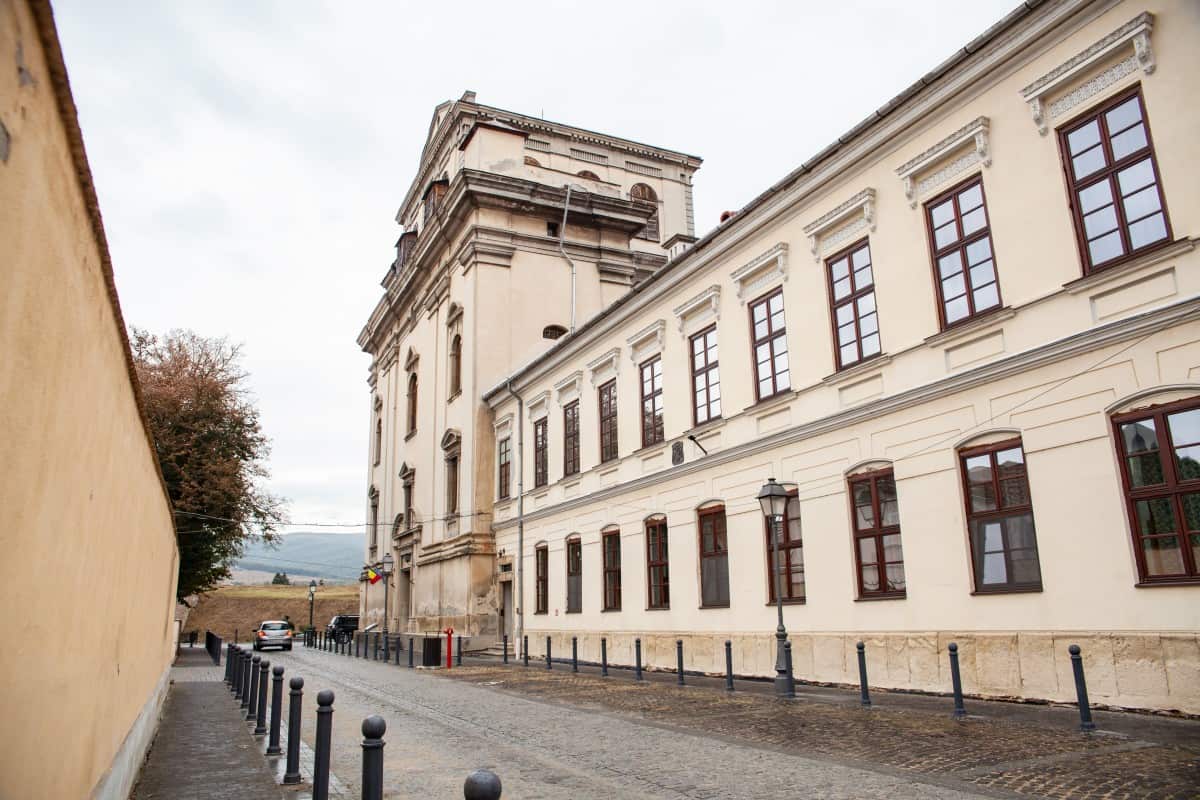
In 1956, on the occasion of the 140th anniversary of the first Romanian show, the theater receives the name of the great poet, playwright and cultured person, Vasile Alecsandri, a title with which the National Theater in Iasi is still proud today.

